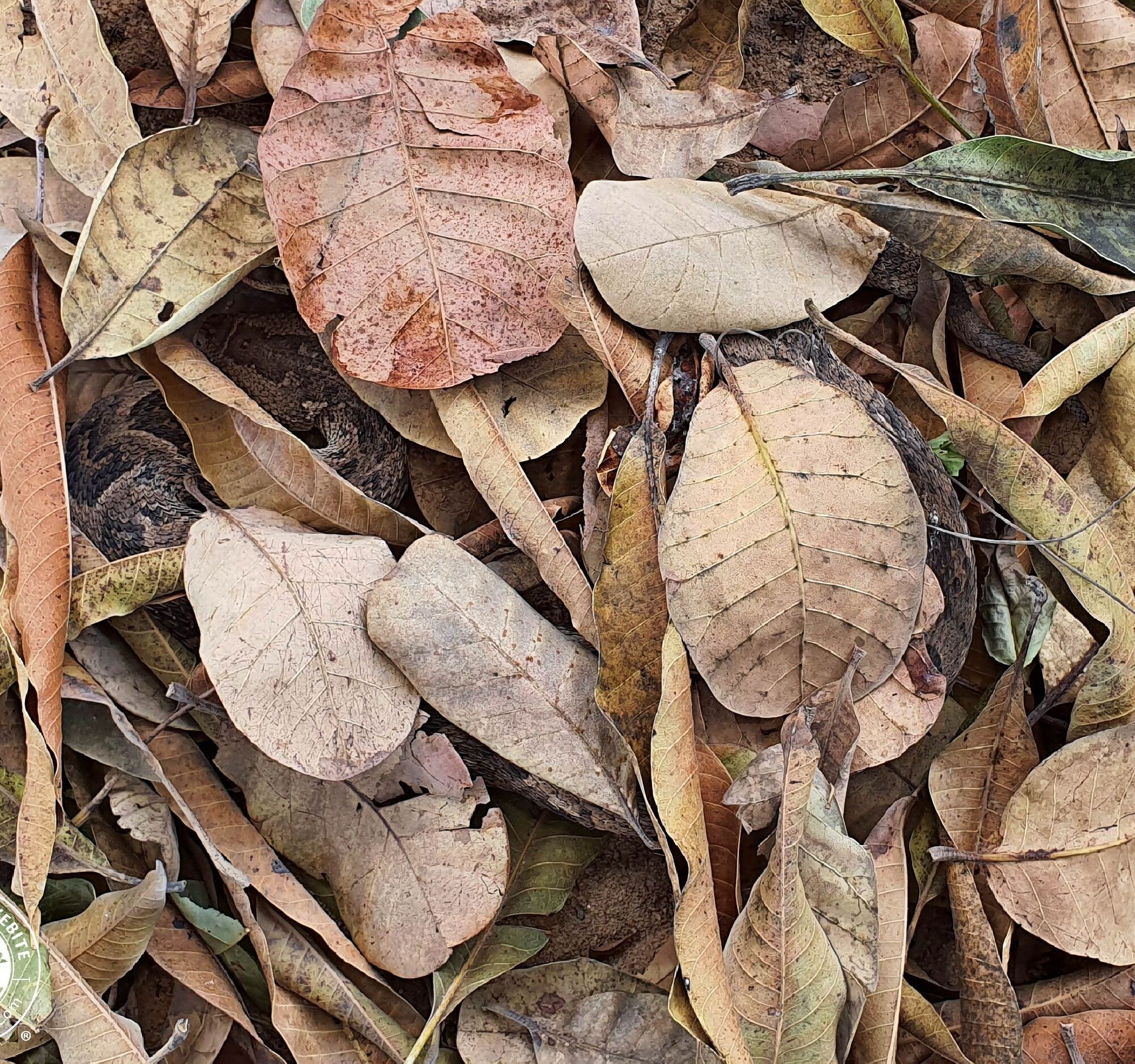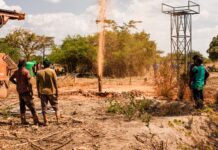“The only good snake is a dead snake” … a common comment and a sentiment that seems to be shared by many people around the world, and especially in Africa. Despite most snakes in Africa being mildly venomous or harmless to humans, they are killed mercilessly.
Changing people’s opinions around snakes is a strenuous task, one that the African Snakebite Institute has been working hard at for the last fifteen years. Slowly we are changing people’s views on snakes. We have trained more than 60 000 people in snake awareness and venomous snake handling, offer multiple online courses, and provide a variety of free online resources to assist with snake awareness. Our Facebook group Snakes of Southern Africa recently hit 500 000 members, a sure sign that interest in snakes is on the increase. Interest and understanding of an animal reduce the fear barrier and allows an appreciation of the animal and its role in an ecosystem. An appreciation and understanding of an animal is what leads to the conservation of those animals.
‘In the end, we will conserve only what we love; we will love only what we understand, and we will understand only what we are taught. – Baba Dioum.
People often ask us why we should conserve and protect snakes – what are the benefits? Snakes play an important role in the ecosystem, serving both as prey for a variety of other animals and as a predators that help control populations. Managing of these populations can prevent the spread of diseases, and reduce damage caused to crops. This is clearly evident in rodents, where, in favourable conditions, their population can explode. Rodents are known to significantly increase their population size in as little as three months. Cities illustrate this well, as the reduction of predators like owls, raptors and snakes, combined with the abundance of food waste available, has allowed rats and mice to thrive exceedingly well in urban envrionments.
In areas like the Okavango flood plains, the rising waters in the flood season force many animals to shelter on small islands. On islands where lodges are located, the concentration of rodents is often problematic as the rats and mice eat any food they can get and also start nibbling on electrical cables in car engines and within the lodge, often causing considerable damage.
For farmers, damage by rodents to crops can be severe. Either by eating young sprouting plants or stripping any fruit and seeds from plants. This is common in areas of Zimbabwe and Mozambique, and a failed crop can have a massive economic impact on families in rural areas.
A recent research paper by our good friend Professor Graham Alexander of Wits University has highlighted the positive impact snakes, and especially Puff Adders (Bitis arietans), can have in farming areas. The paper focuses on the ability of Puff Adders to consume high volumes of rodents in times when rodent populations are booming.
“To maintain a constant body mass, puff adders must consume 63% of their body mass in rodents annually”. This means that a Puff Adder of 1.5 kilograms would need to eat 945 grams of rodents each year to remain in good condition.

For controlling pest animals like rodents, birds of prey are good, but they are limited by their digestion. For example, a Barn Owl can probably eat 3-4 rodents every other night. If rodents are breeding rapidily, the owls would also need to breed up to be able to make an impact on the additional rodents. This would take a while for the owls to increase their population size (usually around 6 months per brood), where a rodent bloom is typically rapid (around three months).
Snakes on the other hand, can increase their food intake immediately. The new research showed that when food is unlimited, Puff Adders can eat 750% of their body mass or 12 times the amount required to sustain their mass. So, a 1.5-kilogram Puff Adder could eat as much as 11.2 kilograms of rodents in a year! The best feeder in the study increased its intake by 20 times, so effectively 18.9kg of rodents in a year.
This allows snakes to have a positive impact on a rodent bloom and reduce or control that population – helping farmers who may have had considerable loss to their crops by the rodents. A true ecosystem stabiliser.
Another surprising aspect of the paper showed that if food availability was reduced (like in times of drought), Puff Adders could live off fat reserves. Because snakes are ectotherms (cold-blooded), they get warm from the sun and store excess food as fat reserves, which they can slowly use up in lean times. In endotherms (warm-blooded animals like humans) we burn off around 80% of our food intake to maintain a body temperature of around 36 degrees. This means that we must eat frequently (daily) to sustain ourselves.
If not eating, Puff Adders lose around 23% body mass per year. So, a Puff Adder in good condition could survive for around two years without food. This has been reported for a Gaboon Adder (Bitis gabonica) that lived in captivity for 679 days without a meal – almost two years (Pitman 1974). This ability allows snakes to survive even if food is reduced or not available. Other predators like owls would have to move to other areas where rodents are plentiful or they would die in that period.
This shows the amazing job snakes do in an environment to control other populations and reduce blooms of rodents, which may be considered pests to humans, especially in agriculture. Snakes, and especially Puff Adders, are a free pest-control service that probably saves the economy millions of rands a year in potentially damaged crops, effectively making snakes a farmer’s best friend.









